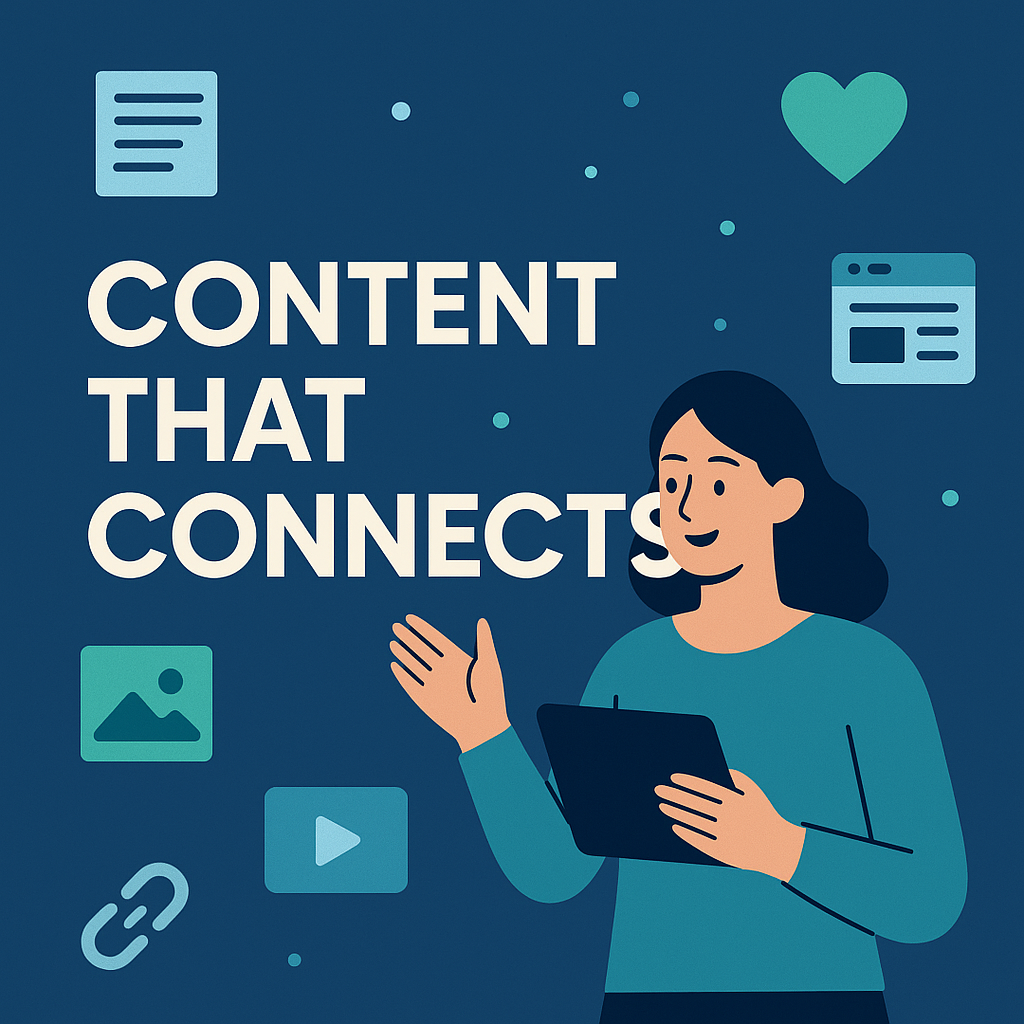Artificial intelligence is revolutionizing how we create content. From generating blog drafts to crafting personalized emails, AI tools have become essential writing companions in 2025. But with great power comes great responsibility. Misusing AI can lead to plagiarism, misinformation, or a loss of human voice.
Why Responsible AI Use Matters
AI is a tool — not a substitute for human thinking. When used carelessly, it can:
- Produce biased or outdated information
- Repurpose copyrighted material without citation
- Undermine audience trust
- Dilute your brand voice
In contrast, ethical AI-assisted writing improves productivity, sparks ideas, and enhances quality — when guided by human intent.
🔍 When AI Should Support, Not Replace
AI tools are best used to:
- Brainstorm ideas (e.g., topic outlines or headline suggestions)
- Refine drafts with grammar or style checks
- Summarize long texts or convert formats (e.g., article → tweet thread)
- Generate structure or templates to work from
They should not be used to:
- Publish unchecked content without fact verification
- Rephrase copyrighted material as if it’s original
- Mass-produce SEO articles with no human editing
- Create fake testimonials or academic work
🧠 Guidelines for Ethical AI Use
Always Disclose When AI Is Used
Whether in educational settings, journalism, or client work, transparency builds trust. Add a short note like “This content was AI-assisted and human-edited.”
Fact-Check Everything
Even top tools like ChatGPT or Claude can confidently present incorrect info. Validate key claims with reliable sources.
Preserve Human Tone and Context
AI often writes in a generic or overly formal voice. Use your judgment to rewrite, personalize, and make the tone audience-appropriate.
Avoid Over-Reliance
The more you use AI to do the work for you, the less you practice your own writing. Use it to enhance your ideas — not replace them.
Protect Originality
Run AI-generated content through originality checkers (e.g., PlagiarismSearch, Copyscape) before publishing, especially in academic or business contexts.
⚖️ Responsible vs. Irresponsible AI Use
| Scenario | Responsible Use | Irresponsible Use |
|---|---|---|
| Creating blog content | AI-generated outline, human-written article | Publishing raw AI text with no edits |
| Academic writing | Summarizing articles with citations | Using AI to write assignments secretly |
| Client marketing copy | AI drafts with brand voice customization | Repetitive, template-like copy with no review |
| Internal training manuals | Using AI to simplify technical language | Copying competitor material via AI rephrasing |
🔧 Recommended Tools for Responsible AI Writing
- Grammarly – Style, clarity, and tone checker
- ChatGPT / Claude – Drafting and brainstorming (human review required)
- PlagiarismSearch / Originality.ai – AI and plagiarism detection
- Quillbot – Paraphrasing with citations
- Hemingway App – Make AI text more human-readable
🛑 Legal & Ethical Pitfalls to Avoid
- Using AI to generate fake data or quotes
- Publishing AI-generated visuals without checking copyright
- Ignoring terms of service for tools like ChatGPT or Midjourney
- Violating academic integrity policies
Always review usage rights, terms, and platform rules — especially when creating commercial or academic content.
AI Is a Co-Creator, Not a Crutch
The future of content writing isn’t human or AI — it’s human plus AI. The best results come when writers guide tools with purpose, edit with care, and communicate with authenticity.
By using AI responsibly:
- You write faster without sacrificing quality
- You stay ethical, original, and audience-focused
- You future-proof your content and your brand voice
In 2025, AI doesn’t make great content — you do. Use the tools, but own the message.
